Summer has surely been left behind and autumn has been ushered in with crisp morning air. In this newsletter, we are going to talk about the science behind what causes fall leaf color, trees we recommend for great fall foliage, and we will answer the question, “Should I still be watering my trees?”
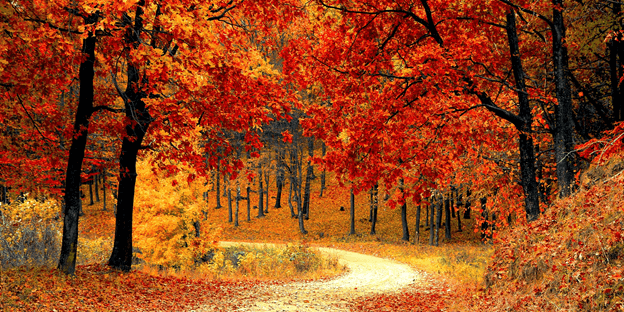
The Science Behind Fall Leaves Color
Leaves contain three main pigments. Chlorophyll is the green color that shows during the growing season. Chlorophyll is required for photosynthesis to take place. The yellow and orange pigments in leaves are called Carotenoids. As the name suggests, carotenoids are also found in many fruits and vegetables, such as carrots. Anthocyanins are pigments that cause red to purple hues. Both carotenoids and anthocyanin pigments remain unseen during the growing season because the green pigment from chlorophyll conceals them.
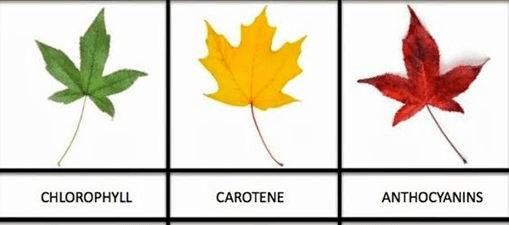
When the air becomes cooler and daylight shortens, the chlorophyll (green pigment) breaks down and food production stops. As the green pigment fades, the carotenoids and anthocyanins (yellows, oranges, reds, and purples) begin to show in the leaf.
As the cooler season continues, the constant cold and lack of sunlight will trigger trees to conserve their energy by eventually dropping their leaves and going dormant for the winter season. But don’t worry, your tree will be just fine! It has produced and stored enough energy during the growing season for the tree to survive through the dormant season.
Trees We Recommend for Great Fall Color
Fall interest is a large determining factor for many people in deciding which tree to plant in their yard. There are many trees that have great fall color, but there are a few that do especially well in our area. These recommendations come from experience of planting trees over many years and research studies of trees that do well in our specific area.
Sugar Maple
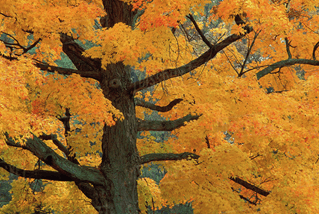
Probably the most notorious tree for great fall color. Sugar Maples are striking in autumn with yellows, oranges and reds, contrasting against their dark bark. A few varieties we recommend are John Pair Caddo, Legacy, and Fall Fiesta.
Red Maple
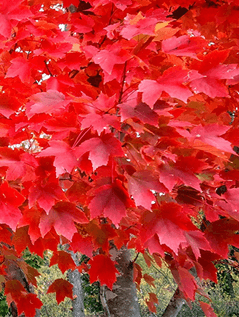
Another popular tree for the beautiful red fall foliage. This tree can be prone to undesirable structure, but if structurally pruned from an early age, these can be great trees. October Glory and Autumn Blaze are popular varieties of the Red Maple.
Black Tupelo (Black Gum Tree)
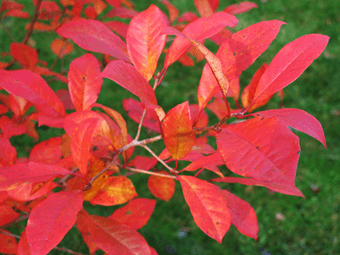
Don’t worry, the Black Gum does not have the spiky gumballs that the Sweetgums carry. These trees have great fall color, ranging from red, to orange, and even some purple hues.
Dogwood
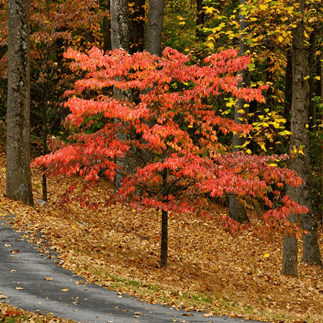
Maybe you have a smaller area to fill with a new tree. The Dogwood is a great ornamental tree for our area. Not only does it give great fall foliage but also beautiful spring flowers, making this tree have great interest for most of the year. We recommend the Kousa and Cherokee Princess Dogwoods.
Bald Cypress
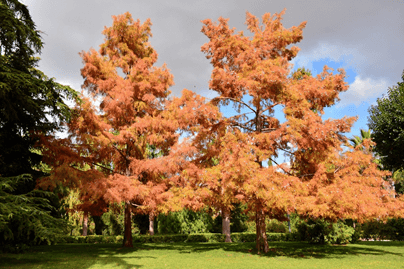
The Bald Cypress is such a neat tree. It is a deciduous conifer, so it loses it’s feathery needles annually. If you can get past the piles of needles, this tree is a great addition for fall interest. It also does well in areas that get flooded. The needles turn a bright copper color every fall before falling off.
These are just a few recommendations we have for trees that have great fall color and do well in our area. If you are interested in getting more information on tree planting, give us a call.
Should You Still Be Watering Your Trees?
It’s true that in the heat of summer, trees are much more likely to be water stressed. But once the weather cools down, they still need a drink. Especially for newly planted or young trees that are trying to become established, we recommend you follow these watering instructions for your trees if we don’t get any rain:
- Good slow soaking (10-15 gallons per 5″ diameter) every 3rd day in the 80 degree weather.
- 65-70 degrees=every 5th day.
- 50-60 degrees=every 7 days.
- 35-45 degrees=every 14-15 days.
If the ground is frozen, we recommend you wait until temps rise to water again. Healthy and mature trees have water reserves stored up for times of drought. However, the more they have to pull from those resources without replenishing them, the more depleted they become to the point of stress. Water is vital to your trees’ survival and ability to thrive, and nature doesn’t always provide everything the tree needs through rain.
Don’t forget to give your trees a little TLC through the colder months. Give us a call if you’d like more information on how our services can help your trees this fall.

